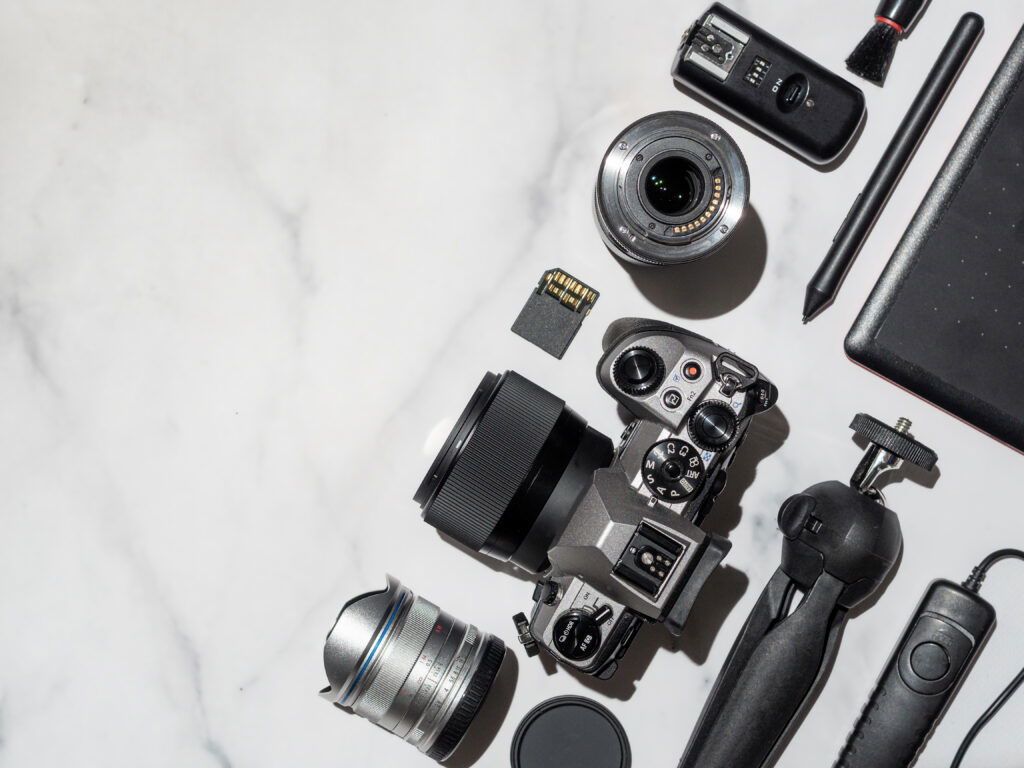Photographers tend to be plagued with all sorts of legal woes if they aren’t careful. Think about it, you’re essentially capturing and documenting everything and anything, from people to places. There is bound to be some sort of snag along the way.
You can prevent these problems by educating yourself on photography laws.
This may be daunting, so here is our guide to the top 9 crucial issues for photographers today!
1. Photography Laws: Who Owns a Photograph’s Copyright?
Copyright tends to go hand-in-hand with confusion. Many photographers and artists don’t really know how copyright works, and neither do clients!
This can lead to a lot of miscommunication and unpleasantness. It is vital that every photographer understand what copyright is. Before you land yourself into some trouble!
In layman terms, copyright is a law that assures that you own the piece of art that you create. According to the U.S. Copyright Office, this ownership allows you to reproduce, sell, and do whatever you wish with it.
This one little word tends to find itself wedged in disputes between photographers and the people they photograph.

As a photographer, you’re making creative content. This means that a form of copyright is automatically applied to your work at the moment of creation. This copyright lasts your entire lifespan, and a number of years after your death.
A common source of tension between clients and photographers is who owns an image after it is taken. The client pays for the shoot, and the photographer takes the image, so who owns it?
According to copyright law, the photographer does. Unless they transfer the rights to the client through a rights transferring document, the image is theirs.
Copyright law is the reason you are able to stop art thieves and people using your work without permission.
Bottom line: Because of copyright, the client may only use the image with the consent of the photographer. This is regardless of whether payment was made or not.

2. That Means I Can Do Whatever I Want With My Photographs, Right?
Not exactly. You may be the holder of copyright which prevents your client from doing whatever they want with the image, but you have your own restrictions too. As all is fair in love and war, all is fair in the creation of art too.
If you are photographing people or recognisable private property, you’re going to need their permission for some uses. In the United States, a photographer can get in trouble for using someone’s likeness commercially without a release form.
There are loopholes that allow you to sell someone’s likeness without their consent (so long as it isn’t defamatory). In general though, you cannot do whatever you want with a photograph of someone.
One loophole is that of photojournalism and the expectation of privacy (or lack thereof). The other is a controversial loophole known as fine art.
Fine art, when done in a very limited run, may not require permission from the subject.

3. So What Defines Commercial Use? What Is Fair Use?
One can probably take a gander at what commercial use is. But I promise you, this gets a whole lot more complicated. It is super important that photographers make sense of this concept.
Simply stated, commercial use is anything created for profit. Most people think of commercial use in terms of selling something, such as a photography print.
Yes, this is the most basic form of commercial use. But it is far more than that (especially in this modern age of the internet).

Anything used with the intention of profit is commercial use (such as marketing and advertising). If you post a photograph of someone on your Instagram and use that photograph to promote your photography service, that is commercial use.
Yes, you are not making a direct profit from that image alone. But you are using that image to promote something that will provide you with money at some point.
There are instances in which something that would appear to be commercial use is actually not commercial use at all. If you sell an image to a newspaper, that doesn’t constitute as commercial use.
The person’s right in the use of his image must be evaluated in light of constitutional interests. “Newsworthiness” is a First Amendment, freedom of the press, interest and is broadly construed. This is considered Fair Use.
Fair Use is meant to complicate the whole matter of copyright. Just kidding, but it can make it a bit more confusing!
The doctrine of fair use is found in Section 107 of the copyright law. It includes a list of various purposes for which reproduction of a particular work may be considered fair.
Some of these purposes include commentary, news, criticism, comments, teaching, research, etc. Basically, someone is allowed to use your photograph without your consent if they are using it for, say, education or news.

4. Photography Release Forms
Commercial use goes right along with release forms. These grant you permission to use photographs commercially.
To explain this, we first have to understand what a likeness is. A recognizable person (or property) in a photograph that has a likeness.
In a legal sense, one’s likeness is the representation of that person or private property being used for promotional reasons. It doesn’t matter what your status is, whether or not you’re a celebrity, whether you’re rich or poor.
Every person automatically has a likeness. And every person has the right to protect his or her likeness.

Let’s say you photograph someone on public property. Then use this photograph to promote something without their consent. In this case, you’re in the wrong.
This ties in with a person’s right to publicity. This means controlling the usage of their likeness for publicity purposes.
You would need a release form because this counts as commercial use.
In basic terms, a photo release form is a contract between the photographer and the client, subject, or owner of something in a photograph. Release forms secure legal permission to publish images of people and property.
Publishing refers to posting online in a public forum (such as social media or your website), print medium, television medium, and everything in between.
Release forms can be as simple as allowing one party to publish the images indefinitely and for any reason. Or they can come with very specific criteria or rules for publication.
Release forms ensure that there are no grey areas when it comes to using an image or not.
5. Public Versus Private Property

Remember how I mentioned the phrase “expectation of privacy” in point 2? Well, this is where that comes into play. Anyone in a public place, such as a sidewalk or a street, has no legal expectation of privacy.
Anyone in a private place has a legal (and reasonable) expectation of privacy.
Expectation of privacy is a term that states whether or not the privacy protections granted by the Fourth Amendment apply to them or not. One of these privacy protections is allowing or disallowing you to tell someone not to take your picture.
If you are on private property, such as a home, you have the right to prevent someone from taking your photo if they are standing on private land.
The moment you leave private land and step onto public land, you forfeit your right to privacy. Anyone can photograph you without your consent.
There are some wonky tidbits to the expectation of privacy laws. You have a legal expectation of privacy inside of your car but the outside of your car you don’t.
Someone can photograph the outside of your car without your consent. If they photograph inside of your car, you can legally tell them to stop.

6. Street Photography
At this point, you’re probably wondering about street photography. This tends to be a gray area for most. But it is a crucial issue for photographers.
For street photography, yes, you can photograph anyone you wish on public property. You can even sell these photographs without a release form.
The subject has no right to privacy on public property. Ethically, it’s always the nice thing to do to ask permission.
That being said, this isn’t a free-for-all pass. Ethics aside, the law says that you can sell these photographs as fine art, to a newspaper, or other news outlet.
But, you cannot use these images to promote yourself if the subject is recognisable. The law also says that you cannot commercially use these images in any derogatory, defamatory, or slanderous way.

7. Watermarks
It’s the century of social media, sharing, the internet. How do you ensure that those who may not be super fluent in copyright law know a photograph is yours? Watermarks, of course!
These come with their own string of legalities that every photographer should be well aware of.
Watermarks are marks on an image that identify the creator, aka: you. They can range from logos at the corner of a photograph to transparent text across an image.

Although a watermark will not prevent thieving fully, it has two significant advantages:
- When your image gets re-posted, people will know that you are the creator.
- Thanks to Section 1202 of the U.S. Copyright Act, anyone that removes your watermark (via cloning or cropping in Photoshop) to hide the infringement has committed a crime. They can face fines anywhere from $2,500 to $25,000. Of course, it is recommended to consult your attorney at that point.
I suggest placing a watermark in the corner or bottom of your image and facing the opacity out to about… 50%. That way it is there, but it’s not super distracting to the photograph.
8. Sharing Photographs on Social Media
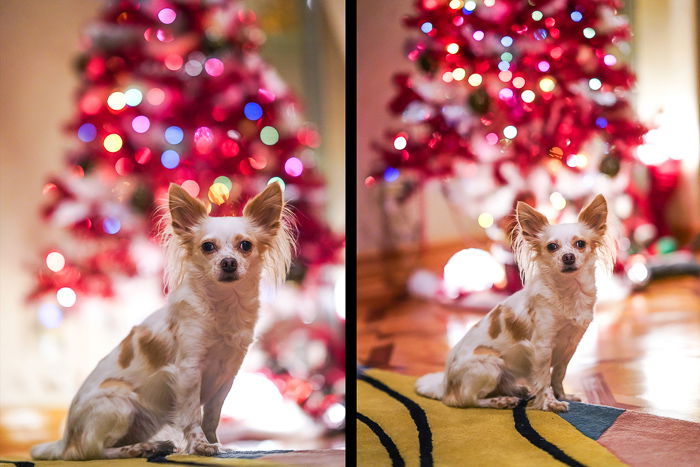
Many photographers, including myself, have found that social media is a brilliant marketing tool. You have the ease of reaching thousands of people in minutes to the cost efficiency in the advertising budget.
Platforms such as Facebook and Instagram can connect photographers to a slew of potential clientele. These websites even become our portfolios over time.
But posting photographs to them can be a headache waiting to happen. This is because a lot of people falsely believe that whatever they find on the internet is free for them to use. There is a big misunderstanding of social media terms-of-service in regards to the content you post.
It is true that a lot of art laws tend to be a bit antiquated. Social media sharing becomes a bit more of a gray area as a result.
If you are to read the terms of service of websites such as Facebook and Instagram (this is a generalisation), this is what they tend to mean: By utilizing the service, you are granting a license to the social media site to use your work.
You have to do this in order to be able to post your content, because that content is now being hosted on their public platform, therefore they need a license to have that image up on their platform.
By agreeing and posting, you, the photographer would be giving this social media platform a license to use your “content” (i.e. photos) that are posted on or through it.
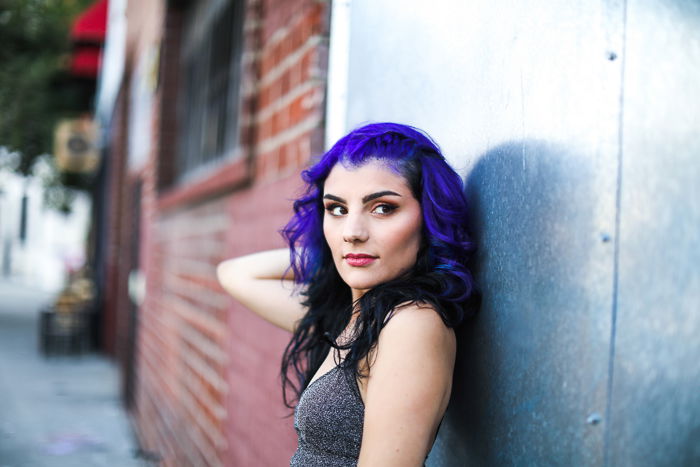
However, we are granting this license to the social media platform- NOT the users on it.
You can post the images on social media and the social media platform has the right to share or display the images. But the users do not have the right to do that with your content.
The license is only being given to the social media platform not the individuals on it.
This means that if you post something, and another user reposts it, that user is in violation of your copyright (in completely generalized terms).
Whether you believe this is stealing or not is your own decision, and tends to be rooted in intent by the sharer.
If you do find your image stolen, do not panic or make any rash actions. The first thing you should do is take a few deep breaths and decide whether or not it is worth doing something about it, or whether it is best to just leave it be.
Sometimes it truly isn’t worth the battle! If the photograph in question has no significant value, the website isn’t making a profit. Or if the image doesn’t necessarily benefit you in any way, it’s probably not worth spending too much time worry about.
On the other hand, if the image is worth being belligerent over, you have a few options. You can politely ask the culprit to remove the image or add your credit. You can send a take-down notice or a cease and desist order. Or you can retain an intellectual property lawyer and sue.
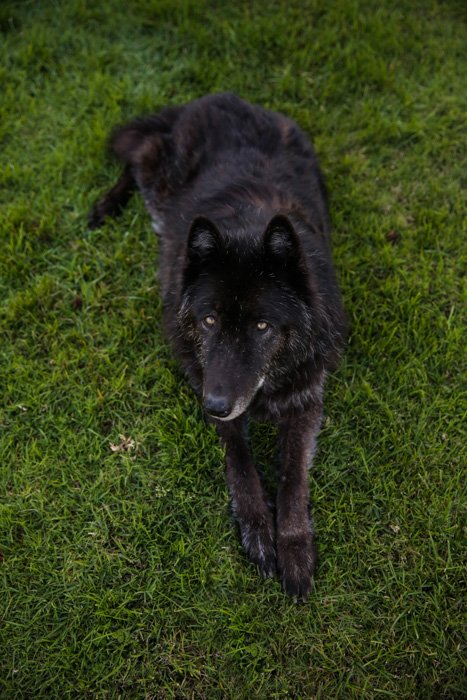
9. Legally Set Up a Business
This point could have been put up at the top, but not everyone does photography for income (yet every photographer does something with their photographs).
If you’re making money from your photography, you’re going to need to legally set up a photography business.
If you don’t register as a business, everything you do can be on the line, including your assets. Registering your business has perks (besides being a law-abiding citizen), such as holding liability insurance that protects you in case something goes wrong, demonstrating professionalism to clients and all that seek you out, and tax benefits.
To legally set up a business, you must first choose a name and register it. Do your research first though!
You need to ensure that you’re not violating any Federal or State trademarks, as well as ensuring your name is available.
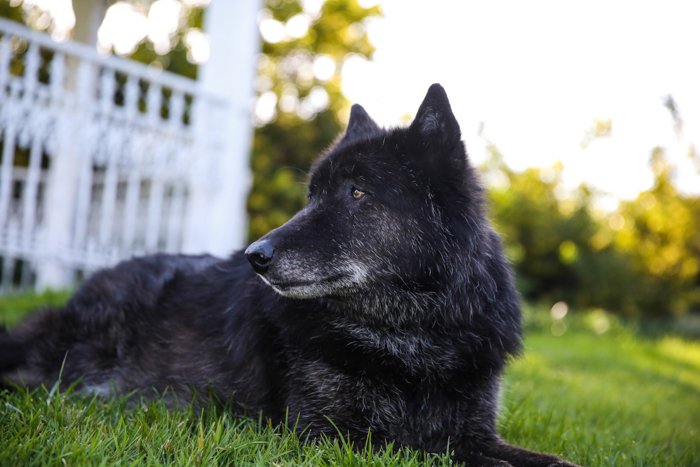
After choosing a name, you then decide what kind of business entity you will be. You can choose from Sole Proprietor, LLC, C Corp, S corp and Partnership structures. Choose the one that suits your needs the best.
You then make the appropriate tax elections (if applicable), get your sales tax permit, get other appropriate license and permits for your jurisdiction, and finally, you set up your EIN and employer account (if applicable).
Once this is all taken care of, you are legal! Then get a lawyer to write you a contract for doing business, create a price list, nab your insurance, and you are all set to go frolic in the sea of jobs.
Conclusion
Keep these laws and copyright tips in mind. You should be able to skate through your photography endeavors less scarred than the rest!
It is still a great idea to have an attorney on retainer who can aid you if anything goes wrong.

